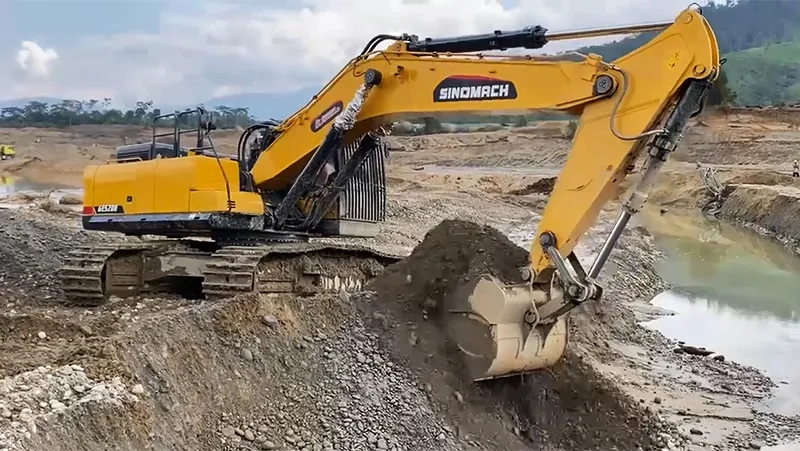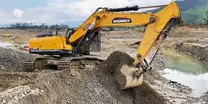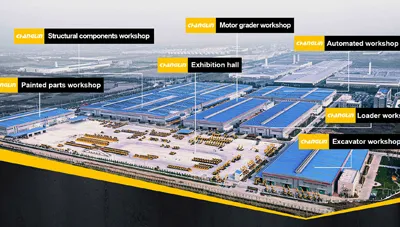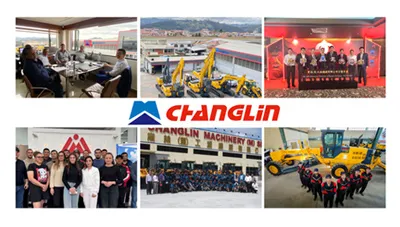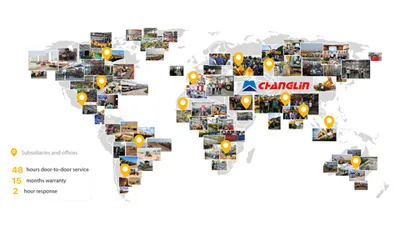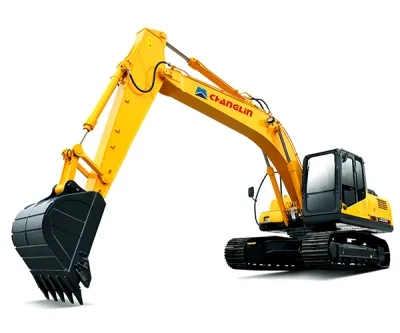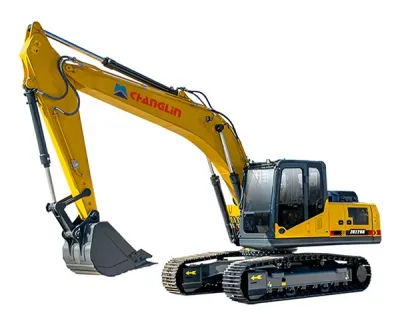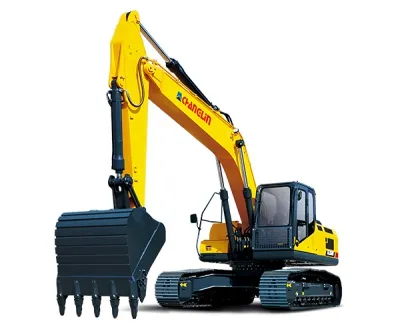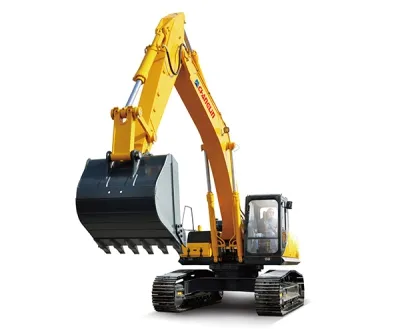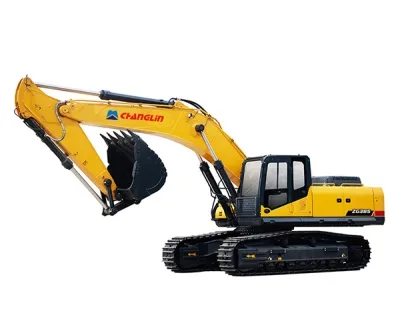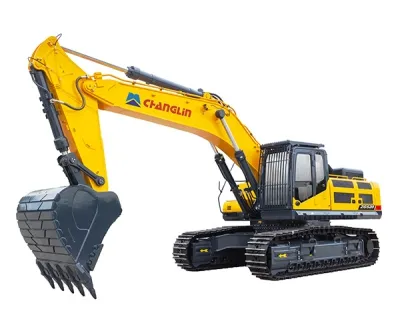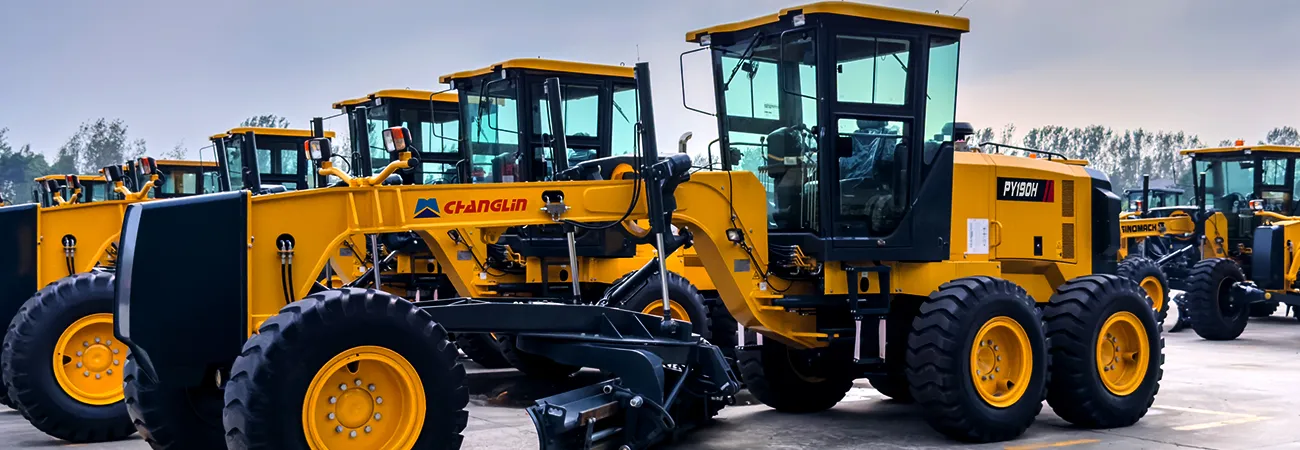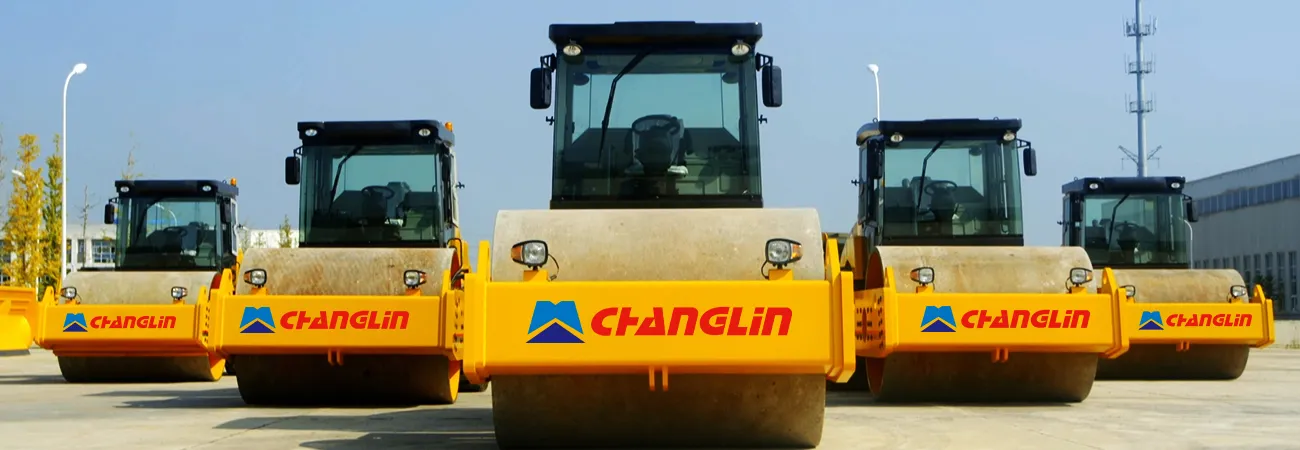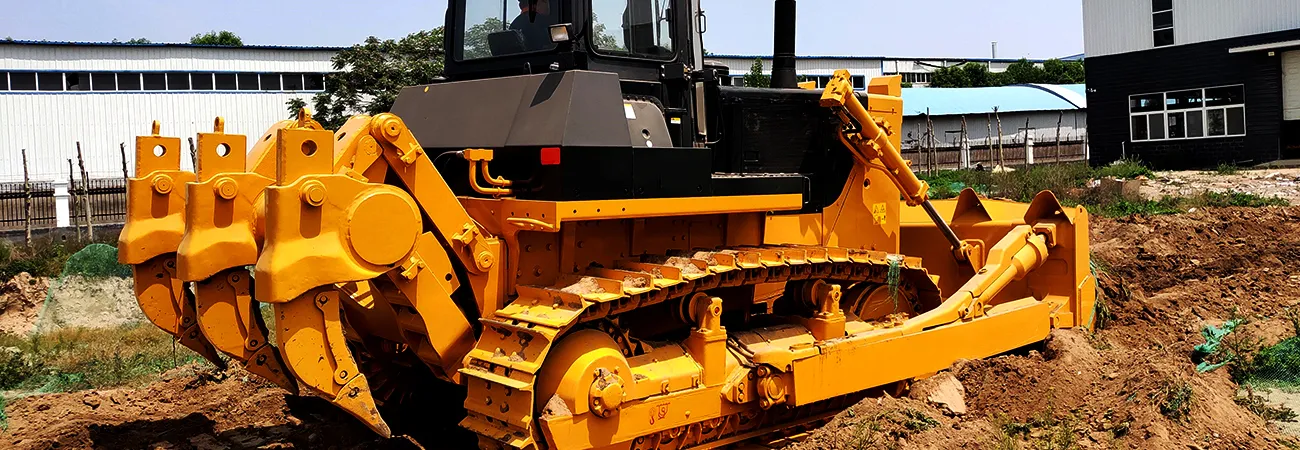
Equipped with a 214 kW Cummins electronic injection engine compliant with Tier III emissions standards, this crawler excavator delivers high torque output, reliable heavy-duty performance, and fuel consumption as low as 28.8 L/h.
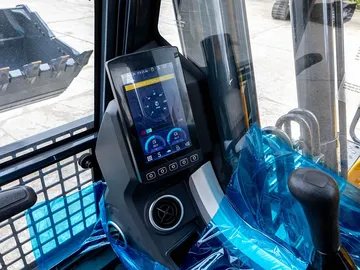
The intelligent monitoring system enables real-time fault diagnostics, maintenance reminders, and performance alerts to support safe and efficient operation on tough job sites.
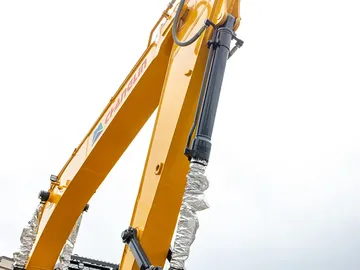
Optimized large-diameter hydraulic cylinders and reinforced joints enhance digging force significantly. With an automatic boost function, the bucket breakout force reaches up to 240 kN, and the arm up to 214 kN under demanding loads.

Reinforced box-type side beams and an X-frame undercarriage ensure strong structural integrity. High-reliability track rollers and carrier rollers withstand impact from extreme conditions.

A load-sensing hydraulic system ensures consistent power control, adapting to diverse tasks while maintaining high efficiency and smooth operation.
Dimensions
- Operating weight 50460kg
- Rated bucket capacity 3.2m³
- Overall length 11657mm
- Overall width (standard track shoe) 3340/3562(with steps)mm
- Overall height 3998mm
- Turntable width 3214mm
- Cabin height 3438mm
- Ground clearance of counterweight 1276mm
- Engine cover height 2918mm
- Min. ground clearance 555mm
- Tail length 3740mm
- Turning radius of turnable 3780mm
- Wheel base of track shoe 4470mm
- Undercarriage length 5595mm
- Undercarriage width 3340/3562(with steps)mm
- Track shoe gauge 2740mm
- Standard track shoe width 600mm
Performance
- Max. traction 358kN
- Travelling speed (H/L) 5.5/3.1km/hr
- Swing speed 9.4rpm
- Gradeability 35 (70%)
- Ground pressure 0.85kgf/cm²
Working Range
- Max. digging radius 10922mm
- Max. digging radius at ground level 10691mm
- Max. digging depth 6453mm
- Max. digging depth at ground level 6280mm
- Max. vertical digging depth 5663mm
- Max. digging height 11020mm
- Max. dumping height 7438mm
- Min. front swing radius 4740mm
- Bucket digging force 290kN
- Stick digging force 270kN
Engine
- Model Cummins
- Type 6-cylinder in-line, four-stroke turbocharger
- Emission Tier III
- Displacement 10.8L
- Rated power 280kW@2000rpm
- Max. torque 1898N.m@1400rpm
SINOMACH has developed a global footprint, with marketing and service systems covering over 100 countries and regions.
Subsidiaries in West Africa, India, and South Africa, a joint venture in Malaysia, with offices in Mexico, Argentina, and the Philippines.
Supplied large-scale turnkey equipment packages including excavators, loaders, bulldozers, rollers, and graders for major infrastructure projects in Africa, mining operations in South America and the CIS, highways in West Africa, and engineering projects across Central Asia.





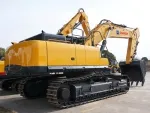
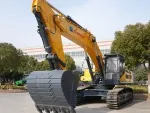
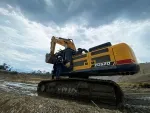
 Operating weight 50460 kg
Operating weight 50460 kg  Rated bucket capacity 3.2 m³
Rated bucket capacity 3.2 m³  Overall length 11657 mm
Overall length 11657 mm